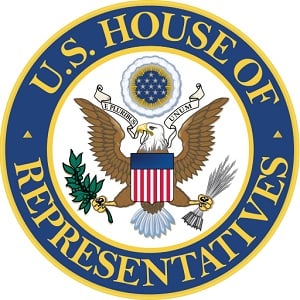The federal government—the government that brought you the Website That Wasn’t, the failed healthcare.gov site—now wants to join in a lawsuit against H&R Block because of its website. But wait:
Does the H&R Block website work? Yes.
Does the federal government’s Obamacare website work? No.
Now, though, the U.S. government has sought to intervene in a lawsuit accusing tax preparers H&R Block of operating a website which is inaccessible to people who are blind or deaf or have other disabilities.
 Never mind that the government’s healthcare.gov website has been inaccessible across the board, to people with and without disabilities, to people who are blind and deaf and to everyone else, too.
Never mind that the government’s healthcare.gov website has been inaccessible across the board, to people with and without disabilities, to people who are blind and deaf and to everyone else, too.
According to the Kansas City Star,
The website of Kansas City-based H&R Block Inc. isn’t designed to be used with commonly available technology — such as screen reader software, refreshable Braille displays and keyboard navigation aids — for people who are blind, deaf or have trouble with manual dexterity, the Justice Department said in court papers.
The Justice Department asked a federal court in Boston to let it join a lawsuit against the companies filed by the National Federation of the Blind. The U.S. in court papers accused two H&R Block units, HRB Digital and HRB Tax Group, of violating the Americans with Disabilities Act.
“Inaccessible websites of public accommodations are not simply an inconvenience to individuals with disabilities,” Jocelyn Samuels, acting assistant attorney general for civil rights, said in a statement. “They deny persons with disabilities access to basic goods and services that people without disabilities take advantage of every day.”
How does the design flaw at H&R Block stack up against the federal government’s website woes?
The epic failure of the Obama Administration’s healthcare website exposed organizational weaknesses under HHS Secretary Kathleen Sebelius, drawing widespread criticism from Obama friends and foes. Healthcare.gov took three years and cost an estimated $687 million to develop. On the day that it launched, only SIX of the 250,000 people who accessed the site were able to register successfully.
The government overlooked flaws exposed as early as March, when consultants tested the site and found it lacking. According to a series of emails between members of the information technology team at the Centers for Medicare and Medicaid Services (CMS), the Healthcare.gov website was unable to consistently handle 500 users at once during testing, and tests failed with 2,000 users over a three-day period.
Despite ominous warnings, the Administration moved forward with the botched October 1 launch.
As for H&R Block’s troubles: The company’s website has not yet been updated to provide state-of-the-art services for the disabled, including the estimated 1.3 million individuals (0.3% of the population) who are legally blind, and the 1 million who are legally deaf. However, the company has said that it is “firmly committed to compliance with the Americans with Disabilities Act. As part of this commitment, we continually strive to make our products and services accessible to all individuals.”
The company also said it has devoted substantial time and resources to improving the accessibility of its website and online services. According to an H&R Block spokesperson, “These enhancements are part of a larger effort H&R Block has undertaken to assure that all Block’s online resources meet or exceed industry standards for accessibility.”













